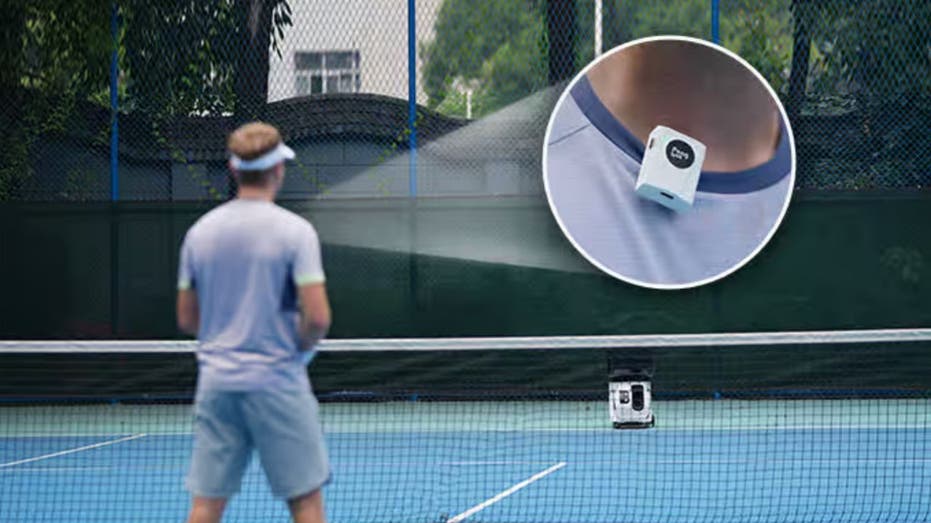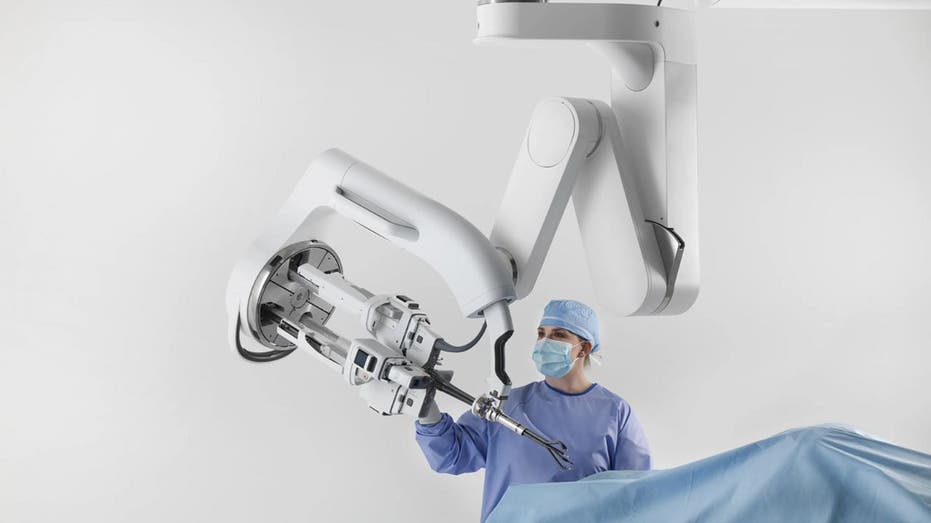Warehouse robot uses AI to play real-life Tetris to handle more than ever before
In a groundbreaking development for warehouse automation, Ambi Robotics just launched AmbiStack, a multipurpose robotic system that promises to transform the way items are stacked onto pallets and into containers.
This innovative solution tackles a fundamental challenge in logistics: maximizing space utilization and reducing shipping costs.
AmbiStack operates like a real-world 3D Tetris game, expertly arranging items to optimize space in containers and pallets. By minimizing wasted space, warehouses can significantly reduce shipping costs and improve overall efficiency.
I’M GIVING AWAY THE LATEST & GREATEST AIRPODS PRO 2
"Logistics companies are under continuous pressure to deliver items faster and for lower cost, which puts a lot of strain on operations to maintain reliability while rapidly adapting for the future," Jim Liefer, CEO of Ambi Robotics, also tells CyberGuy.
"AmbiStack can be rapidly configured to automate the repetitive motions involved in a huge variety of stacking and palletizing applications, driving greater accuracy and efficiency, while future-proofing warehouse operations."
CHINA’S NEWEST HUMANOID ROBOT IS READY TO SERVE LIKE NEVER BEFORE
The rapid development and deployment of AmbiStack was made possible by PRIME-1, Ambi Robotics' new artificial intelligence foundation model for warehouse robots. This advanced AI enables AmbiStack to begin working efficiently from day one in production environments.
Ken Goldberg, co-founder and chief scientist at Ambi Robotics, tells CyberGuy, "The engineering team at Ambi Robotics used 4 years of proprietary warehouse data to train a state-of-the-art generative model for 3D warehouse operations; their experiments with real production systems confirm that PRIME-1 significantly outperforms their previous systems."
ROBOTS PERFORM LIKE HUMAN SURGEONS BY JUST WATCHING VIDEOS
Cost reduction and efficiency: AmbiStack addresses the pressing need for automated solutions that cut labor costs, reduce manual inefficiencies and tackle accuracy challenges.
Ergonomic improvements: The system alleviates the physical strain on workers by handling heavy lifting tasks.
Adaptive intelligence: Trained using Sim2Real reinforcement learning, AmbiStack can make real-time decisions, adapting to various scenarios and delivering a faster return on investment.
Tackling complex tasks: Stacking presents more challenges than sorting, making AmbiStack a significant advancement in robotic capabilities.
WHAT IS ARTIFICIAL INTELLIGENCE (AI)?
CHINESE ROBOT LIFTS 35 POUNDS PER HAND
AmbiStack utilizes advanced vision systems and AI models trained on extensive data from parcel sorting experiences. The robot learns in a virtual environment, earning higher scores for better stacking performance with random items.
Jeff Mahler, co-founder and CTO of Ambi Robotics, tells CyberGuy, "AmbiStack represents an evolution of our AI-powered robotics, building on our technology in physical AI to add stacking as a fundamental new robot skill in AmbiOS. We’ve started the AI flywheel for stacking with Sim2Real reinforcement learning and performance will only improve as robots collect data from production environments. We are committed to advancing this capability to provide reliable systems that deliver a strong ROI for our customers."
HOW TO REMOVE YOUR PRIVATE DATA FROM THE INTERNET
The potential market for AmbiStack is vast, as efficient packing and stacking are crucial in logistics. By optimizing container usage, AmbiStack ensures that companies aren't "shipping air," leading to substantial cost savings in transportation.
GET FOX BUSINESS ON THE GO BY CLICKING HERE
AmbiStack is designed to complement human workers, not replace them. It allows employees to focus on decision-making and strategic tasks while reducing physical strain and repetitive motions.
SUBSCRIBE TO KURT’S YOUTUBE CHANNEL FOR QUICK VIDEO TIPS ON HOW TO WORK ALL OF YOUR TECH DEVICES
By combining advanced AI with practical robotics, AmbiStack is addressing a long-standing challenge in logistics. As the industry continues to evolve, solutions like AmbiStack will play a crucial role in shaping the future of warehouse operations and supply chain efficiency.
Do you believe these technologies will ultimately complement human workers or gradually replace them entirely in logistics and warehouse operations? Let us know by writing us at Cyberguy.com/Contact.
For more of my tech tips and security alerts, subscribe to my free CyberGuy Report Newsletter by heading to Cyberguy.com/Newsletter.
Ask Kurt a question or let us know what stories you'd like us to cover.
Follow Kurt on his social channels:
Answers to the most asked CyberGuy questions:
New from Kurt:
Copyright 2025 CyberGuy.com. All rights reserved.



